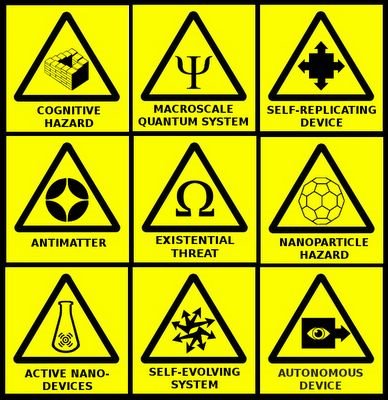
Watch the Living Dead Girl:
Rob Zombie knows his sources….!


John Peel left his coveted collection of more than 25,000 records to his wife in his will, it emerged last night. Sheila Ravenscroft will also receive the legendary Radio 1 DJ's estate, valued at more than £1.5m.
Ravenscroft was granted the 25,000 vinyl albums and thousands of CDs after Peel, who died in October 2004, failed to specifically assign them in his will. In typically laid-back fashion, he said: "I ask her (but without imposing any binding obligation) to give effect to any wishes of mine which may come to her attention as to their disposal."
Peel's four children were left more than £250,000 in trust to be split between them. Peel enjoyed national acclaim in a career that spanned over 40 years and included Radio 4.
More John Peel from the BBC.
One of John’s many favourite bands, The Undertones, performing one of John’s favourite songs, “Teenage Kicks”:
Here’s the band in 2005 with a different singer.


LINKNo signature of clear CO2 ice from the 'cryptic' regions in Mars' south seasonal polar cap. 2006. Y.Langevin et al. Nature 442: 790-792.








 on the new James Bond film there is a long article on the Japanese animation studio Ghibli with lots of artwork from their films such as Nausicaä se la Vallé du Vent, a look at the future of Star Trek, lots of reviews of films that will never make it to NA, a double sided, pull-out poster for Nausicaä se la Vallé du Vent and Casino Royale, plus a free QT DVD with interviews, movie promos, etc. All for $5.50 CND.
on the new James Bond film there is a long article on the Japanese animation studio Ghibli with lots of artwork from their films such as Nausicaä se la Vallé du Vent, a look at the future of Star Trek, lots of reviews of films that will never make it to NA, a double sided, pull-out poster for Nausicaä se la Vallé du Vent and Casino Royale, plus a free QT DVD with interviews, movie promos, etc. All for $5.50 CND.
 in the bowels of the Temple of Apollo and inhaled fumes from the earth that would induce a prophetic, often crazed, trance during which she would relay the wisdom of the gods.
in the bowels of the Temple of Apollo and inhaled fumes from the earth that would induce a prophetic, often crazed, trance during which she would relay the wisdom of the gods.